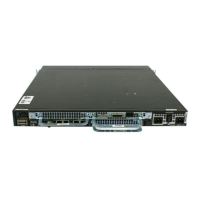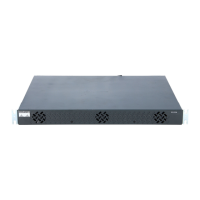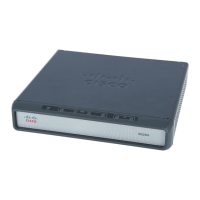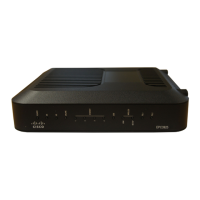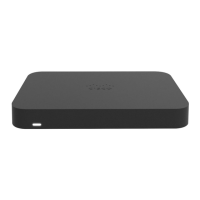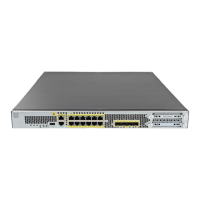6-3
Cisco AS5350 and Cisco AS5400 Universal Gateway Software Configuration Guide
OL-3418-02 B0
Chapter 6 Configuring Voice over IP
VoIP Basics
A gateway conferences two call legs—an inbound POTS with an outbound VoIP or an inbound VoIP with
an outbound POTS—to create an end-to-end call through the gateway. A call that passes through both
an originating gateway and a destination gateway has four call legs.
Call Flow
Table 6-2 and Table 6-3 detail the general call flow from the perspective of an originating and destination
gateway respectively.
Table 6-1 Call Legs
A call leg from... To... Is of this type...
Originating device Originating gateway Inbound POTS
Originating gateway IP network Outbound VoIP
IP network Destination gateway Inbound VoIP
Destination gateway Destination device Outbound POTS
Table 6-2 VoIP Call Flow, Originating Gateway View
Event Leg Type
User sends dialed digits via public switched telephone network to gateway. Inbound POTS
Gateway does the following:
• Processes information (maps dialed digits, per information stored in
dial-peer configuration tables, either to an IP host that connects directly to
the destination gateway or to a PBX at the destination that can complete the
call).
• Initiates H.323 session across network.
• Processes voice signals and sends packets over network. As appropriate,
sends call-progress and other in-band signals.
• Ends session.
Outbound VoIP
Table 6-3 VoIP Call Flow, Destination Gateway View
Event Leg Type
Gateway receives dialed digits. Inbound VoIP
Gateway does the following:
• Processes information (maps dialed digits, per information stored in
dial-peer configuration tables, to a destination device).
• Gateway participates in H.323 session across network.
• Processes voice signals and sends packets over network. As appropriate,
sends call-progress and other in-band signals.
• Ends session.
Outbound POTS
plus inbound VoIP

